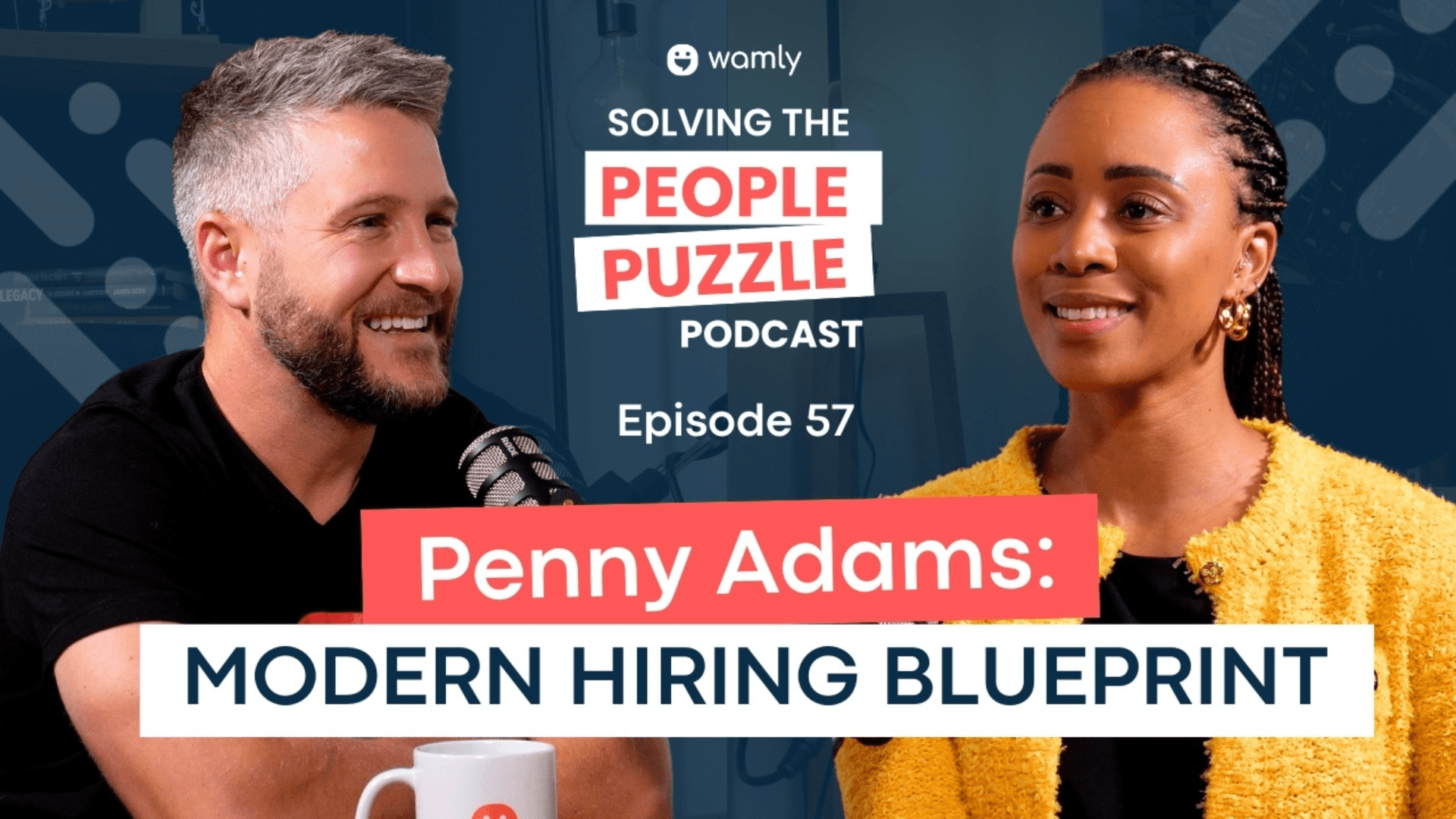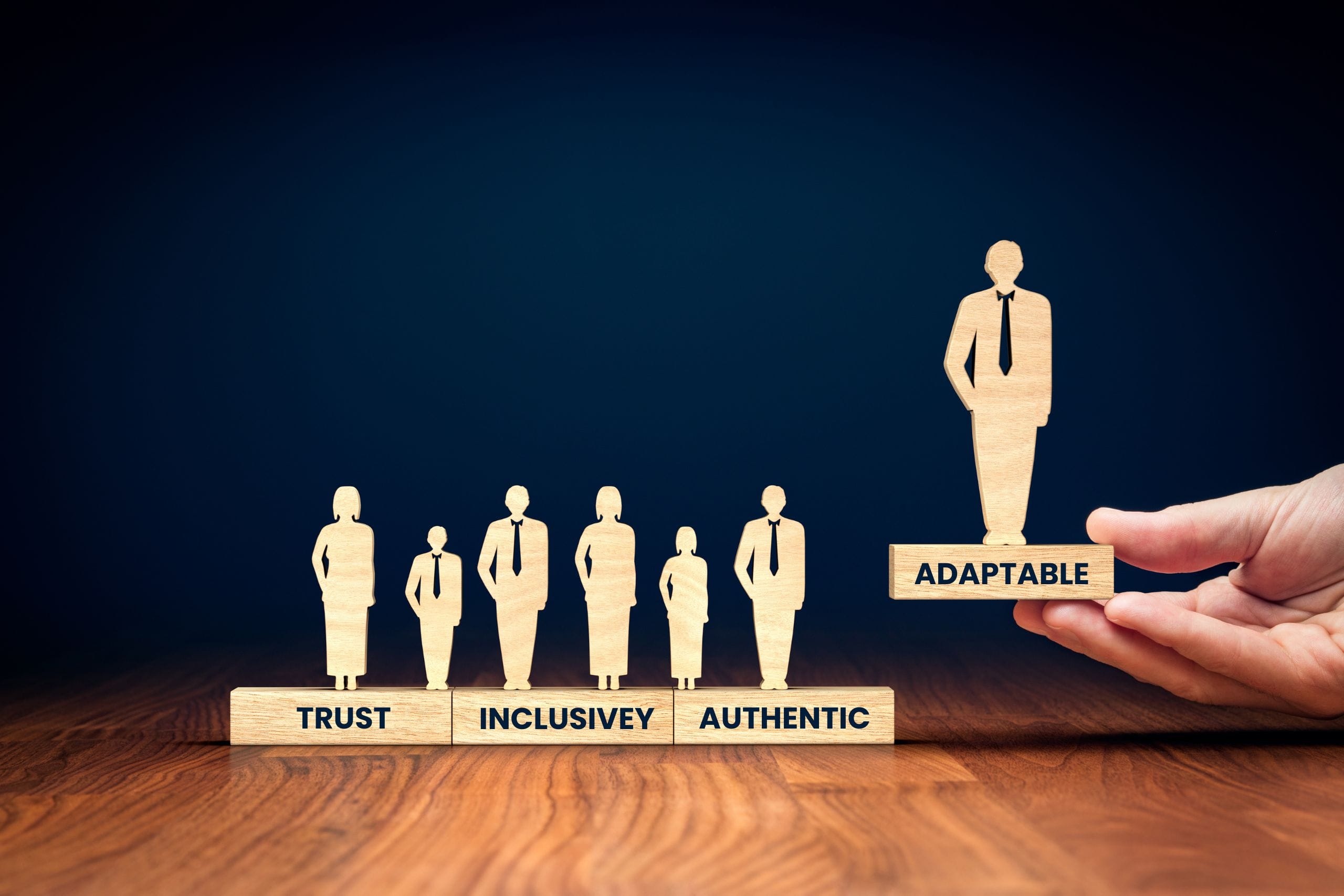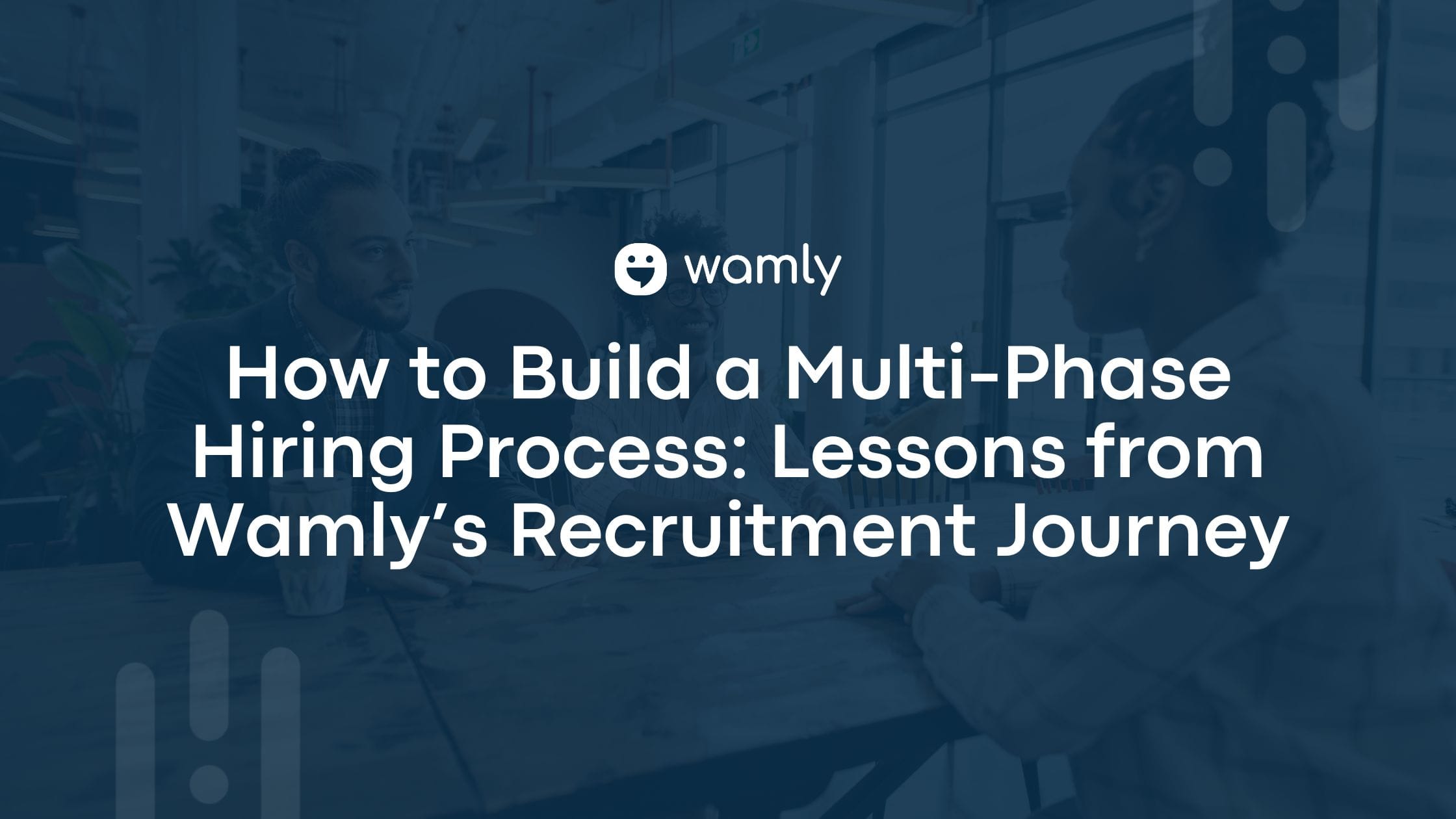In a rapidly evolving talent landscape, human capital professionals are faced with a delicate balancing act: designing efficient, tech-enabled hiring processes while maintaining a deeply empathetic, human-centred candidate experience. In a compelling episode of Solving the People Puzzle, host Francois de Wet sat down with Penny Adams, an accomplished industrial psychologist and HR strategist, to unpack the end-to-end journey of talent attraction, selection, and onboarding, offering a wealth of practical insight for today’s HR teams.
From Accidental Career to Strategic Leadership
Like many in the profession, Penny Adams didn’t set out to become an industrial psychologist. Her journey into HR was one of exploration and evolution, grounded in a passion for people and a curiosity about workplace behaviour. Having risen through the ranks—from junior HR roles to executive-level human capital leadership—Penny brings a rare, comprehensive perspective. “I understand HR from the ground up,” she reflects. “That allows me to lead with empathy and clarity because I’ve lived the experiences of those I now lead.”
Start with Strategy, Not a Wish List
The foundation of any effective hiring process begins with job design, but this is often where organisations falter. Penny and Francois emphasised that great job design starts with business strategy, not instinctive recruitment. “Too often, job profiles are rushed, copied from old templates, or built around a person already in mind,” Francois noted. Penny added, “It’s about articulating what the organisation actually needs—and ensuring that those doing the work are part of the design process.”
Practical advice included:
- Involve key stakeholders like hiring managers and team members early in the job design phase.
- Benchmark the role externally if it’s new to the organisation.
- Focus on measurable outcomes and realistic expectations.
- Avoid the classic trap of asking for five years of experience in a tool that’s only existed for two.
EVP and Employer Brand: Making It Real and Relatable
An employee value proposition (EVP) isn’t just an internal poster or theoretical statement—it’s the emotional and practical contract you make with your talent. Penny underscored that many organisations have strong EVPs but fail to communicate them clearly, especially to potential candidates. “Candidates today are asking different questions. They’re aware of what they want from employers. We must meet them there.”
Francois echoed the need to operationalise EVP. “Your brand promise must match the actual hiring journey. If you say you’re agile and tech-driven, but your hiring process takes 70 days, you’re not living your values.”
Candidate Experience: Personal Branding and Power Balance
In today’s market, candidates are no longer passive job seekers, they’re brands in their own right. “They come with values, a mission, and expectations,” said Penny. The candidate experience—every touchpoint from application to offer—must reflect respect, transparency, and personalisation.
Common pitfalls highlighted included:
- Ghosting candidates after initial interviews.
- Impersonal, admin-heavy processes.
- Poor communication during delays in internal decision-making.
Francois noted that candidates don’t mind waiting; they mind not knowing. Regular, transparent updates go a long way in building trust and maintaining engagement.
Technology, AI, and the Smart Use of Automation
Technology is no longer a luxury; it’s a necessity. However, both guests warned against over-automation that removes the human element. Instead, use technology to enhance the human experience.
Key suggestions:
- Use AI for early-stage screening and communication to reduce admin without losing personalisation.
- Tools like automated video introductions or WhatsApp messaging can scale while keeping the tone warm and inviting.
- Ensure the digital journey matches the brand promise—if your values include innovation, your hiring process must reflect that.
Psychometric Testing: Depth and Insight, Not Decision-Making Alone
As a registered industrial psychologist, Penny is a strong advocate for psychometric testing—when it’s fit for purpose. She stressed that assessments should be used to enrich the hiring conversation, not to replace it. “They offer valuable insight, but they’re not the whole picture,” she said.
Francois added that many organisations assess too late in the process or use the wrong tool for the wrong purpose. Assessments should:
- Be introduced early enough to inform meaningful interviews.
- Be interpreted by qualified professionals.
- Complement, not dictate, hiring decisions.
Onboarding: From Paperwork to Performance Enablement
All the effort put into attracting and selecting the right candidate can be undone with poor onboarding. Penny emphasised that onboarding is more than issuing laptops and contracts—it’s about accelerating the time to value for new hires.
“Imagine someone moving from a familiar environment into your company,” she explained. “They don’t know your culture, your ways of working, or who to talk to. A well-planned onboarding program bridges that gap.”
Actionable tips include:
- Break onboarding into 30-60-90 day phases.
- Include both the operational (logins, tools) and the cultural (values, team rituals).
- Create early connection points to mentors or managers.
Bring Back the Human in the Candidate Experience
In closing, Penny offered one powerful word: empathy. “We’ve all been candidates. We know what a bad hiring experience feels like. So let’s design with that in mind.”
Human capital professionals sit at the intersection of systems and people. By combining strategy, empathy, and smart technology, we can build hiring journeys that are not only efficient but genuinely human.
Listen to the full episode here:



